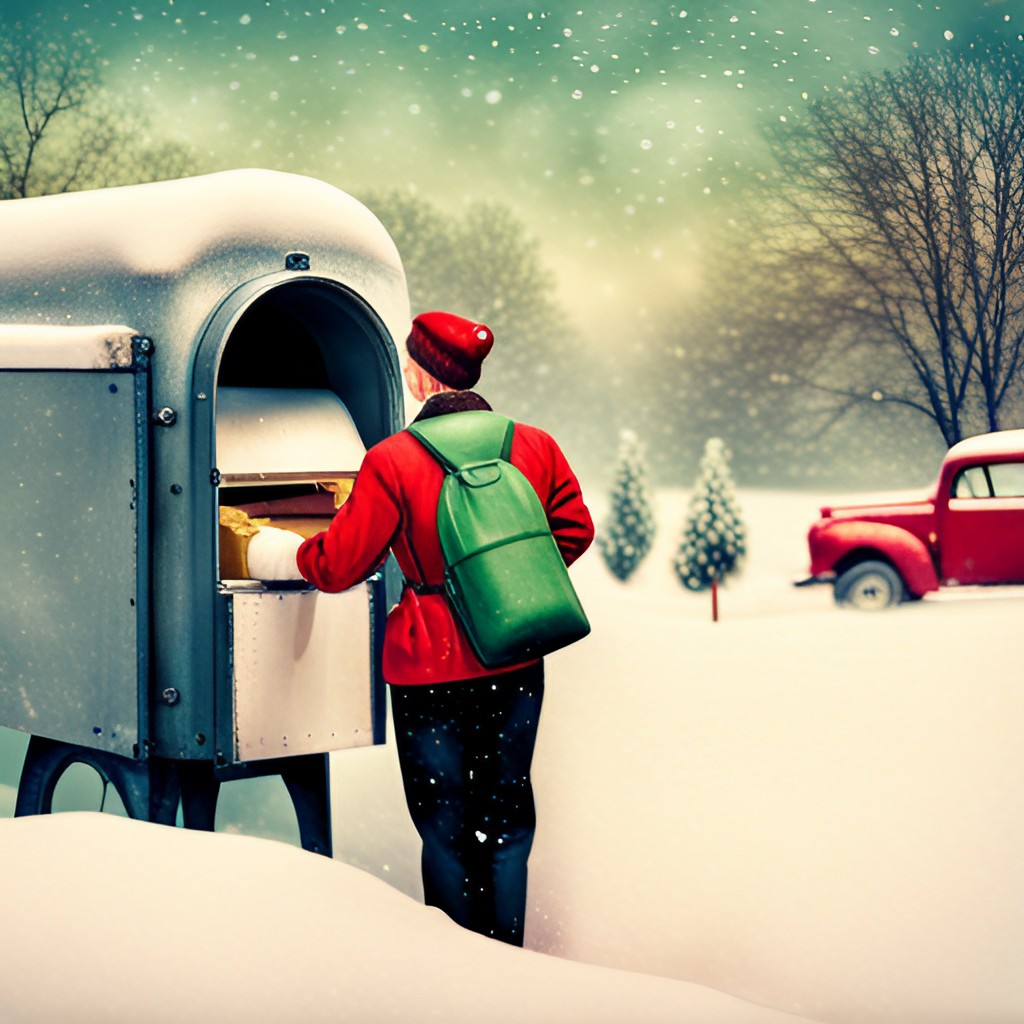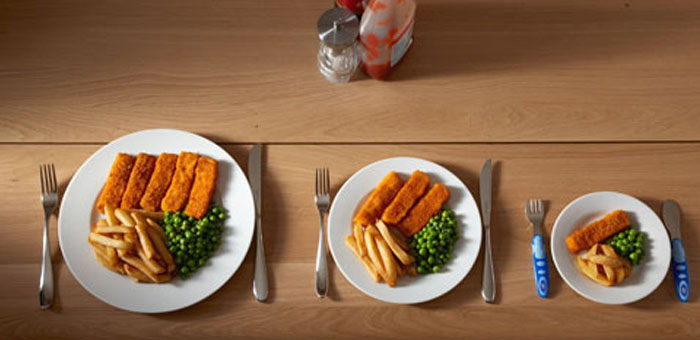So you have a recipe that typically serves 30 customers from your food truck, but you want to make it for 2 people instead. Or even trickier, what if a recipe serves 10 people, but you need to make it for 35? Or 80? It doesn’t matter whether you’re increasing a recipe or decreasing it — the procedure for adjusting your ingredient quantities for a different number of portions is the same. We call this recipe scaling.
Recipe Scaling For Your Food Truck
The first step in recipe scaling is to calculate your conversion factor, which is a number you’re going to use to convert all the quantities. There’s a little bit of math involved, but it’s always OK to use a calculator — that’s what they’re intended for.
To find your recipe scaling conversion factor, simply divide the desired number of servings by the original number of servings. The resulting number is your conversion factor.
Recipe scaling formula:
Desired servings/ Original servings = Conversion Factor
Recipe scaling a 10 portion recipe down to 6 portions involves two steps:
- Divide 6 by 10, which gives you a conversion factor of 0.6
- Multiply each ingredient amount by 0.6
Let’s work through a simple example to illustrate how this works. Say your recipe calls for 2 quarts of chicken stock. All you need to do is multiply 2 quarts by your conversion factor of 0.6:
2 quarts × 0.6 = 1.2 quarts chicken stock
Great, right? But what exactly is 1.2 quarts? Well, questions like that are why most of the world uses the metric system. The rest of us are going to have to convert 1.2 quarts into ounces. If we consult this handy cooking conversion table, we see that there are 32 ounces in a quart, so:
32 × 1.2 = 38.4 ounces
We can round that down to about 38 ounces, but that’s still kind of a weird amount. It’d be more clear if it were given in cups, wouldn’t it? Our cooking conversion table reminds us that there are 8 ounces in a cup, so:
38 ÷ 8 = 4.75
Which means 1.2 quarts is equal to approximately 4¾ cups.
Do you use recipe scaling in your food truck? We’d love to hear your process or any additional tips you may have. You can share them in the comment section below or on social media. Facebook | Twitter




